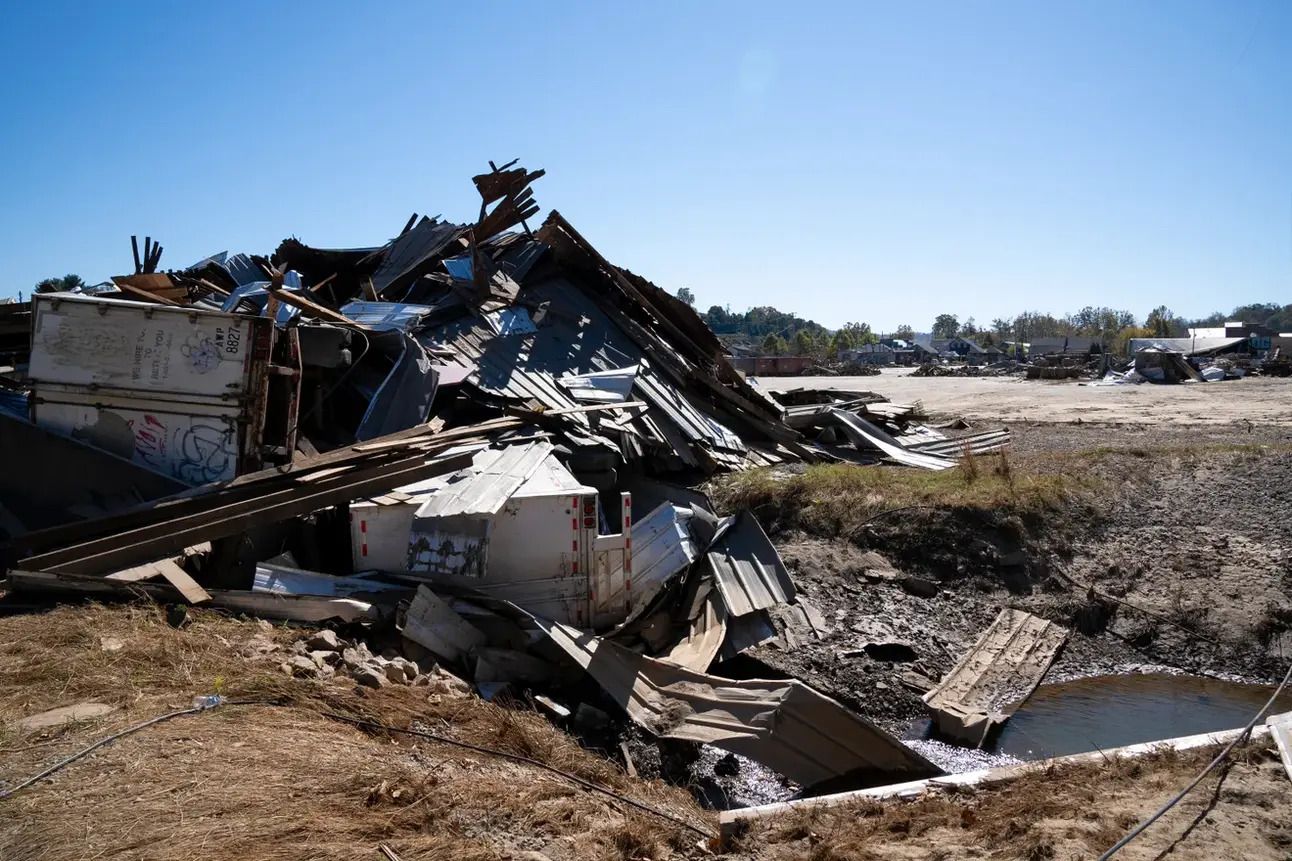- Property Management Brief
- Posts
- Resource-Based View (RBV)
Resource-Based View (RBV)

Good morning!
This week has been all about innovation and efficiency. I’ve been focused on developing AI tools to enhance our sales team’s performance, specifically for our over-the-phone BDR teams. It’s exciting to see how AI can streamline processes and improve results, and I’m looking forward to the impact this will have on our sales strategy moving forward.
— Lucas Robinson, Founder & CEO at BudgetMailboxes.com
🎯 This Week’s Strategy:
Resource-Based View (RBV)
🤝 Boardroom Brief:
Climate risk will take Trillion-dollar bite out of America's Real Estate
Strategy
🎯 Resource-Based View (RBV)
The Resource-Based View (RBV) is a strategic framework that focuses on using a company’s internal resources as a source of sustainable competitive advantage. Instead of looking outward at market competition, RBV emphasizes leveraging unique assets—both tangible (physical properties, financial capital) and intangible (brand reputation, tenant relationships, operational expertise)—to achieve long-term success.
For property managers, this means identifying and maximizing the strengths that set your properties apart from competitors and using them to drive profitability, efficiency, and tenant satisfaction.
How Property Managers Can Use RBV to Gain a Competitive Advantage
1. Identify Valuable Resources
Every property management company has key assets that create value. These could include high-quality amenities, a strong tenant community, efficient maintenance services, or proprietary technology that streamlines operations.
Action Step: Make a list of your most valuable resources and assess how they contribute to tenant satisfaction and business growth. A tenant survey can help determine what features they appreciate most.
2. Ensure Resources Are Rare
A competitive advantage comes from resources that competitors can’t easily replicate. For instance, having a property in a prime location, an established reputation in the industry, or long-term partnerships with trusted vendors can give you a unique edge.
Action Step: Identify what makes your property or management approach stand out. Use this uniqueness in marketing materials to attract and retain tenants.
3. Maintain Resource Imitability
If your advantages are easy to copy, they won’t help you for long. A high-end fitness center, for example, can be installed by any competitor, but an engaged tenant community, excellent customer service, or a strong brand identity is much harder to replicate.
Action Step: Focus on developing long-term assets like tenant relationships, superior service quality, and operational efficiency. A loyalty program or exclusive tenant perks can reinforce retention.
4. Organize Resources for Maximum Efficiency
Having valuable resources isn’t enough—you must manage them well. This means structuring operations efficiently, training your staff, and investing in systems that make property management seamless.
Action Step: Implement tools like property management software to centralize operations, track maintenance requests, and automate communication with tenants. This ensures all resources work together to strengthen your business.
How to Implement RBV in Your Property Management Strategy
Conduct a Resource Audit – Identify the assets that provide the most value to your business.
Develop a Competitive Strategy – Use your strongest resources to differentiate yourself from competitors.
Invest in Strengthening Resources – Improve tenant relationships, train staff, and enhance property features to build a sustainable advantage.
Monitor and Adapt – Regularly assess whether your key resources continue to give you an edge and make adjustments where needed.
By applying the Resource-Based View, property managers can focus on what makes them truly unique and use those strengths to create long-term success in the industry.
If you're frustrated by one-sided reporting, our 5-minute newsletter is the missing piece. We sift through 100+ sources to bring you comprehensive, unbiased news—free from political agendas. Stay informed with factual coverage on the topics that matter.
Boardroom Brief
Climate risk will take Trillion-dollar bite out of America's Real Estate

A new analysis predicts that the U.S. real estate market will lose over a trillion dollars in value as climate risks drive population shifts across the country. Rising insurance costs, extreme weather events, and long-term environmental concerns are pushing residents away from high-risk areas, while climate-resilient regions are seeing increased demand. However, migration trends are not entirely predictable—many people continue moving into climate-vulnerable areas due to economic opportunities and desirable amenities, despite growing risks. As these shifts reshape the housing market, property managers must stay ahead by assessing climate risks, adapting investment strategies, and ensuring their properties remain competitive in an evolving landscape.
Game
🎉 Fun Finale: Play & Poll
Which country is known as the Land of the Rising Sun?(Tap on your answer) |
Produced by BudgetMailboxes
🤝 Thanks to the BudgetMailboxes Team!
Looking for top-quality mailboxes, cluster boxes, or street lights? Let our expert team at BudgetMailboxes assist you. Contact us today to get started!

